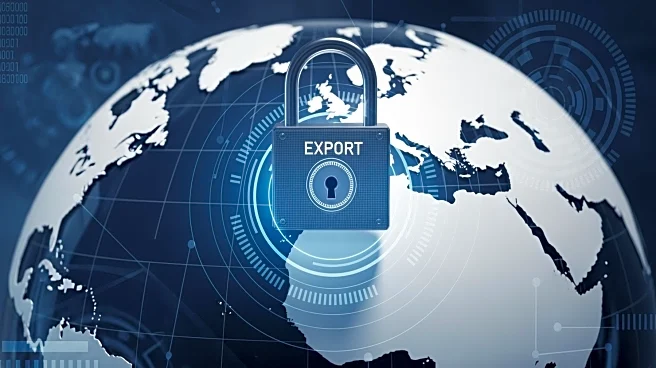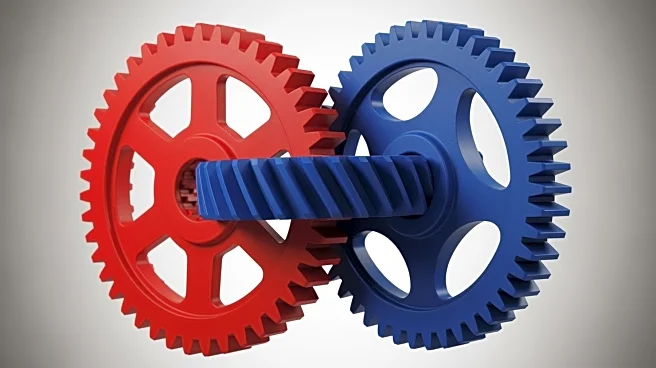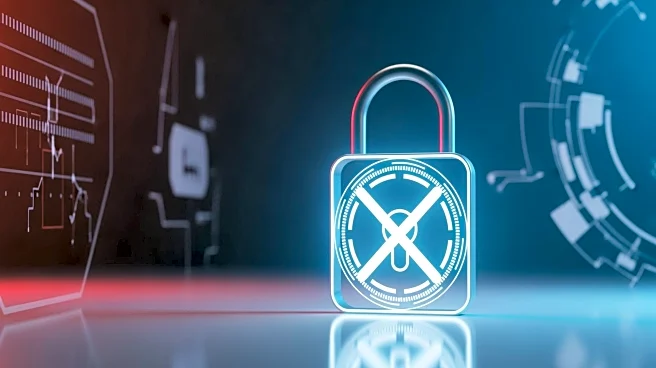What's Happening?
The U.S. education technology sector is experiencing significant pressure due to tariff policies affecting global supply chains, procurement budgets, and company operations. Since the Trump administration's implementation of reciprocal tariffs in 2025,
the cost of imported technology, including student laptops and data center equipment, has increased. This has forced educational institutions to reconsider their purchasing cycles and IT investments. The tariffs, which include a 10 percent baseline on most imports and a 125 percent tariff on Chinese-origin products, have led to increased costs for educational institutions. Despite exemptions for electronics like smartphones and computers, the overall tariff environment has resulted in higher hardware prices, with some laptops and tablets expected to see price increases of up to 46 percent. This has intensified financial pressures on families and educational institutions, which are also facing challenges related to international student enrollment and tuition revenue.
Why It's Important?
The tariffs have broad implications for the U.S. education sector, affecting not only the cost of technology but also the financial stability of educational institutions. The increased costs are likely to be passed on to students and families, potentially making education less accessible. Additionally, the drop in international student enrollment due to tariffs on Chinese imports has cost U.S. universities over $1 billion annually in tuition revenue. This loss of revenue, combined with rising costs, could force institutions to find operational efficiencies or alternative solutions to maintain financial stability. The situation highlights the interconnectedness of global trade policies and domestic education funding, with potential long-term impacts on the quality and accessibility of education in the U.S.
What's Next?
Educational institutions are exploring various strategies to mitigate the impact of tariffs, such as shifting to multiyear procurement agreements and building teams to manage policy uncertainties. Some ed-tech providers are adjusting their prices and supply chains, while others are offering deferred payment options or extended support for existing devices. The focus on supply-chain resilience and operational resilience is expected to continue, with institutions and companies relying on scenario planning, automation, and data analytics to navigate the challenges. The long-term success of these strategies will depend on the evolving policy environment and the ability of institutions to adapt to changing economic conditions.













